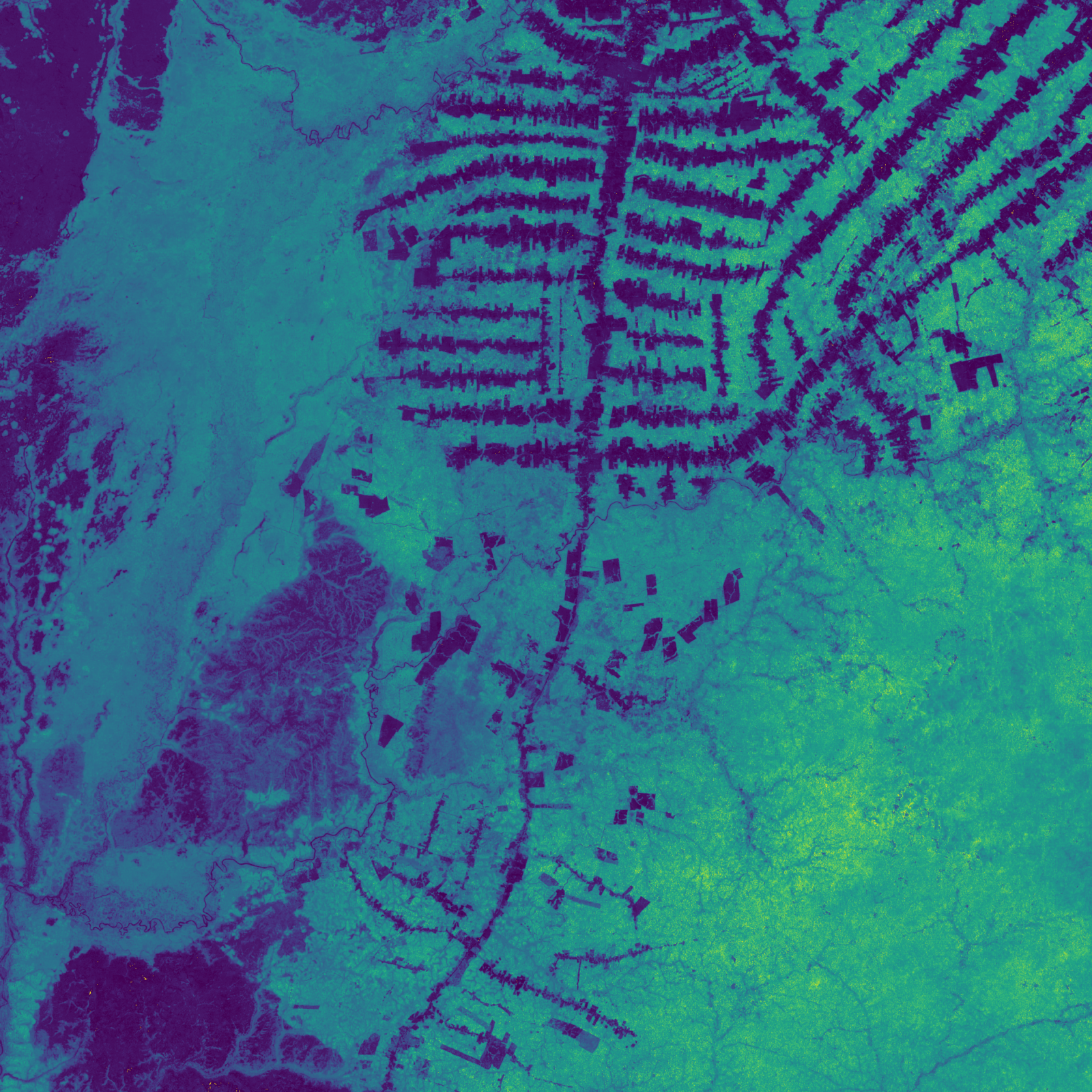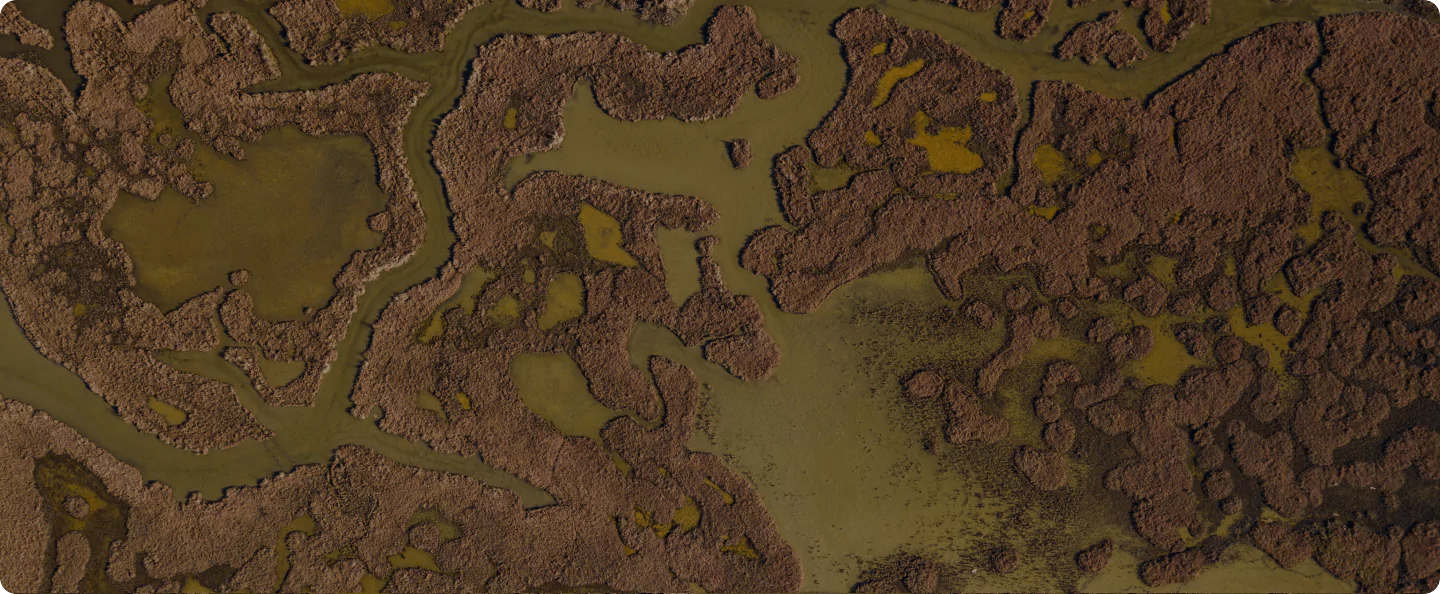From Submission to Shortlist
Access a free questionnaire, designed with years of expertise to simplify submissions, accelerate screening, and get project data ready for diligence.

Access a free questionnaire, designed with years of expertise to simplify submissions, accelerate screening, and get project data ready for diligence.


Our experts harness the latest in geospatial data and artificial intelligence to bring integrity to the carbon market. Learn more about the Pachama team, science, and latest technical releases.

Chat with our experts to design a portfolio that meets your needs
Stay updated with Pachama’s news and guides, zero spam, promise.
Talk to Gaia, Pachama's AI
guide for anything